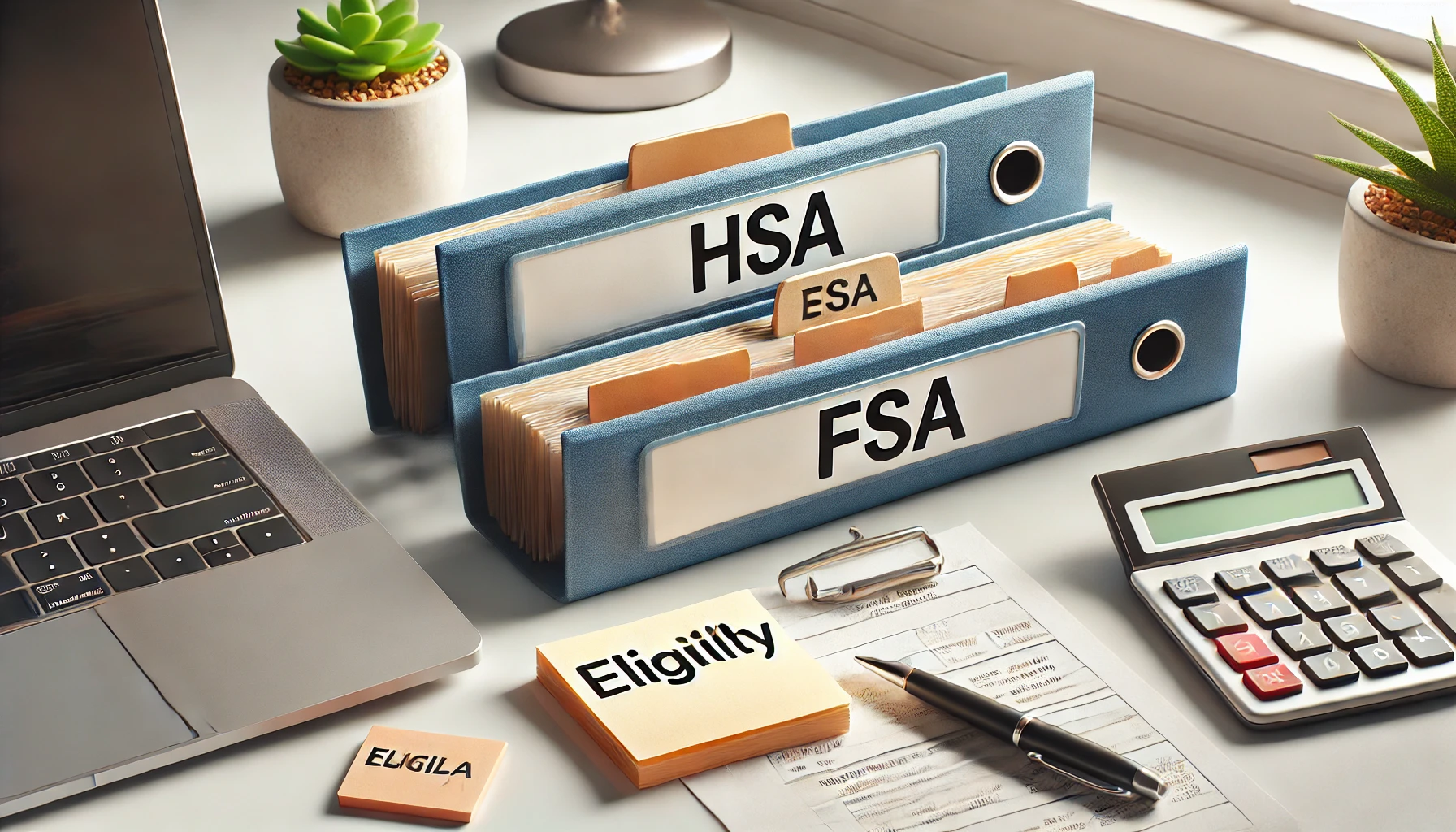Health Savings Accounts (HSAs) and Flexible Spending Accounts (FSAs) offer tax-advantaged ways to pay for sleep therapy equipment and related healthcare expenses.
Who Qualifies for an HSA?
To contribute to an HSA, you must be enrolled in a qualified high-deductible health plan (HDHP). In 2025, that means a minimum deductible of $1,600 for individuals or $3,200 for families. HSAs are owned by you—funds roll over year to year, and contributions are tax-deductible.
Who Qualifies for an FSA?
FSAs are employer-established accounts. If your employer offers an FSA, you can set aside pre-tax dollars—up to $3,050 in 2025—to cover eligible medical costs. FSAs typically use a “use-it-or-lose-it” model, though some plans allow a $610 rollover.
Eligible Sleep Therapy Expenses
- Home sleep study equipment rental fees
- CPAP/BiPAP machines and accessories (masks, tubing, filters)
- Patient monitoring devices and batteries
- Physician-prescribed supplies and clinical services
How to Use Your HSA/FSA
Once you purchase eligible items, save your itemized receipt and prescription. Submit a claim via your HSA/FSA provider’s online portal or mobile app. You’ll be reimbursed up to the available balance—often within a few business days.
Key Differences & Best Practices
• HSAs offer higher contribution limits ($4,150 individual; $8,300 family) and funds never expire.
• FSAs have lower limits but may cover certain expenses before you’ve fully contributed.
• Always confirm eligibility before purchase, and keep detailed records in case of audits.
By understanding HSA and FSA rules, you can maximize your savings on SleepEz equipment and ensure seamless coverage for all your sleep health needs.
